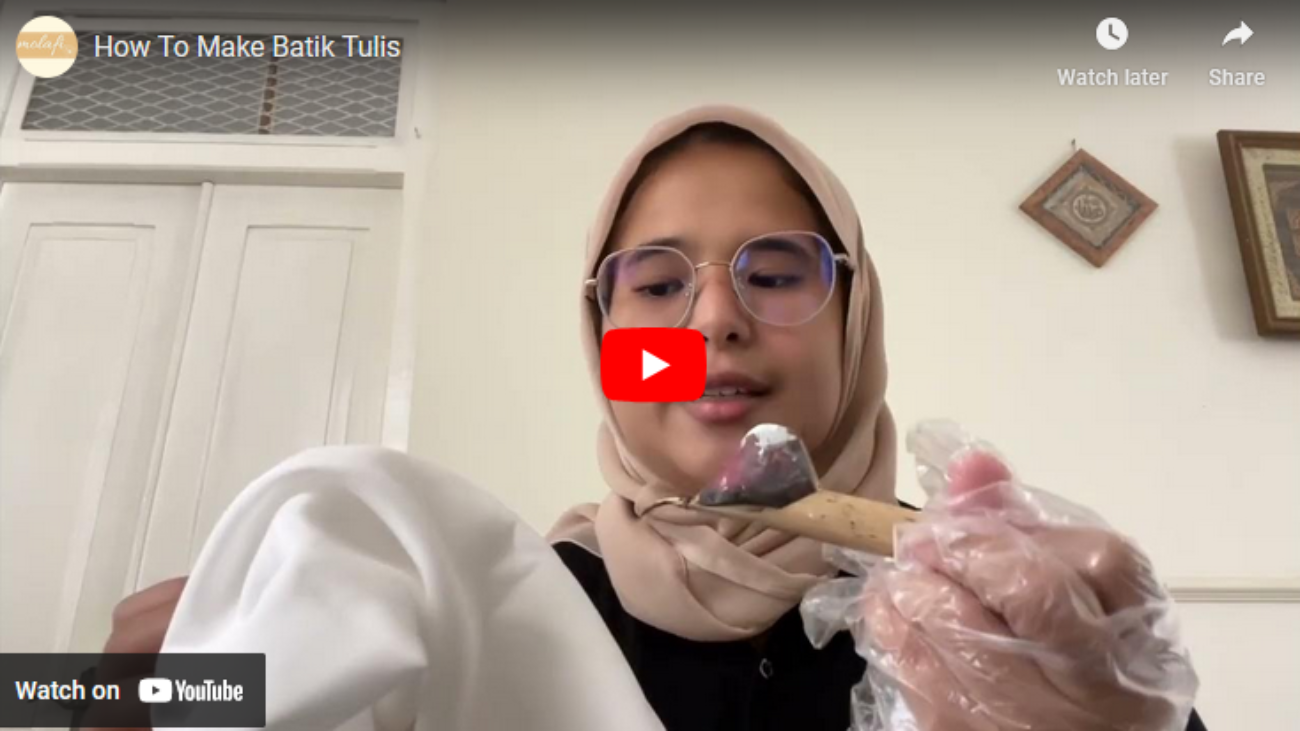Natural dyes are pigments derived from plants, insects, and minerals, and have been used for centuries to color fabrics, fibers, and other materials. Unlike synthetic dyes, which are made from chemicals, natural dyes are eco-friendly and sustainable. Some common sources of natural dyes include indigo (from the indigo plant), madder root (for red hues), and turmeric (for yellow tones). The process of dyeing with natural substances can be an enjoyable and creative way to produce beautiful, unique colors while also embracing a more environmentally conscious approach.
Natural colorants are generally obtained from the results of extracts of various parts of plants such as roots, wood, leaves, seeds and flowers (Saefudin & Basri, 2018). Batik craftsmen have known a lot of plants that can color textile materials some of them are the leaves of Nila (Indigofera sp.), bark of soga tingi (Ceriops candolleana Arn.), wood of tegeran (Cudraina javanensis), turmeric (Curcuma sp.), roots of Noni (Morinda citrifelia), bark of soga jambal (Pelthophorum ferruginum), kesumba (Bixa orelana), leaves of guava (Psidium guajava), dan wood of secang (Caesalpinia sappan L.) (Rini et al., 2011)
Taking care of fabrics dyed with natural dyes requires special attention to preserve the color and longevity of the fabric. Follow these steps to ensure your dyed fabric stays vibrant:
- Cold Water Wash: Always wash your Natural-dyed batik in cold water. This helps preserve the color and prevents excessive fading. It’s normal for indigo dye to run during the first few washes. This will decrease over time, so don’t be alarmed if you see some blue in the wash water initially.
- Separate and Gentle: Wash your Natural dyed batik pieces separately from other items. Use a mild detergent to avoid harsh chemicals that can strip the dye.
- Avoid Soaking: Do not soak your Natural Dyed Batik for prolonged periods. Quick washes are best to maintain the vibrancy of the color.
- No Rubbing: Be gentle with your Natural Dyed Batik . Avoid rubbing the fabric too much, as this can cause the dye to bleed.
- Hang Dry: After washing, hang your Natural Dyed Batik to dry. Avoid direct sunlight, as prolonged exposure can cause the colors to fade more quickly.
By Following to these care instructions, you can enjoy the rich, beautiful tones of your Natural Dyed Batik for a long time. At Werna, we believe that true beauty lies in the harmony between humans, nature, and cultural heritage. Embrace the beauty of Natural Dyed Batik, and let it add a touch of timeless elegance to your wardrobe.

 Cart is empty
Cart is empty 